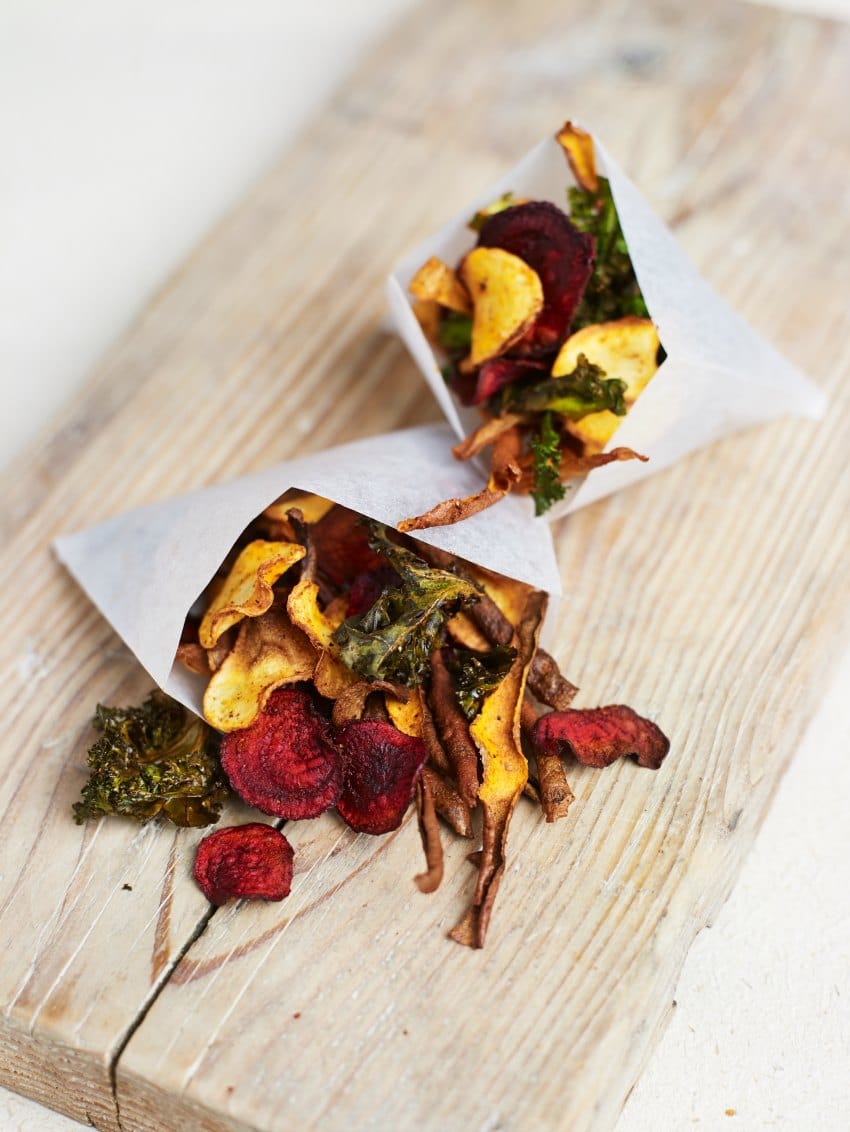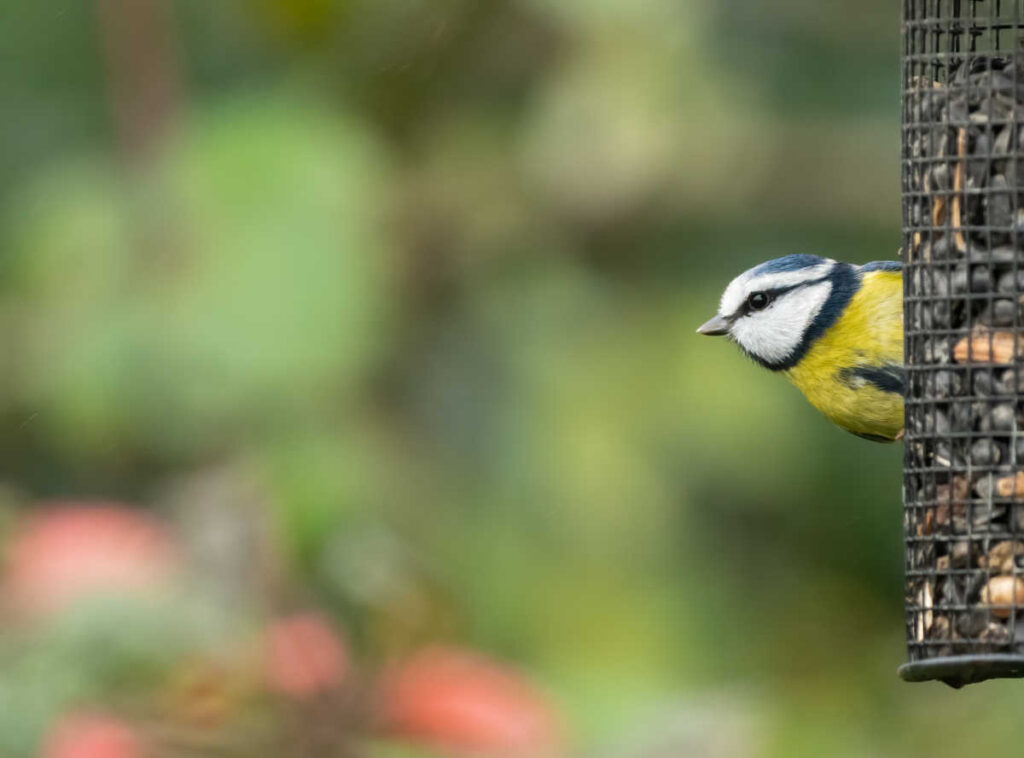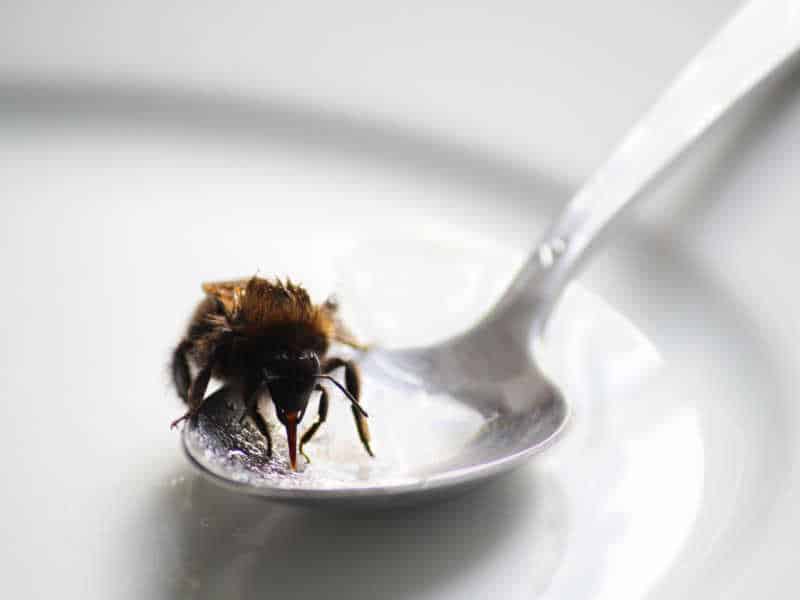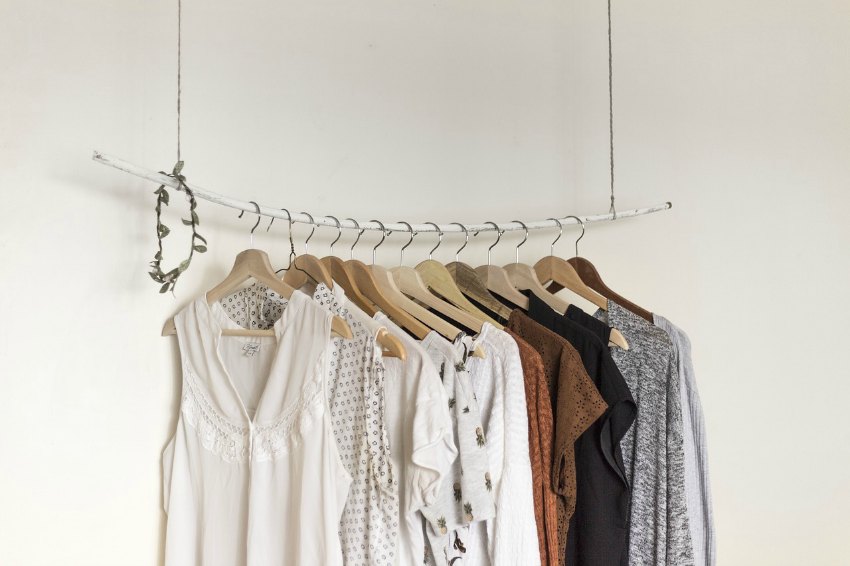Zero-Waste Crisps Recipe For Plastic-Free Snacking
To support the running costs of Moral Fibres, this post contains affiliate links. This means Moral Fibres may earn a small commission, at no extra cost to readers, on items purchased through these links.
Looking for plastic-free and zero-waste crisps? I’ve got you covered with this easy recipe. Read on!
Crisps may be tasty, but most come in plastic bags that are way too tricky to recycle properly. Thankfully, Kate Turner, author of My Zero Waste Kitchen is here to help with a fantastic recipe for zero-waste crisps that are not only kind to the planet but also bursting with flavour.
This clever recipe lets you transform potato peelings or old veg into these moreish crisps, creating a healthy zero-waste snack from leftover vegetables! Plus, you’ll find some zero-waste twists at the end, letting you customise the recipe based on what you have in your fridge.
How To Make Plastic-Free Crisps

Let’s dig in!
SERVES 2
Ingredients
You will need:
- 50g potato peel from around 2 large potatoes
- 50 g kale
- ½ tbsp olive oil
- A generous pinch of chilli powder
- ½ tsp sweet smoked paprika powder
- ¼ tsp salt
- Freshly ground black pepper, to taste
First Make The Zero-Waste Crisps Base
To make the zero-waste crisps base, preheat the oven to 150ºC (300ºF / Gas 2) and line 2–3 baking trays with baking parchment.
Place the potato peel in a mixing bowl with half of the oil, spices, salt, and pepper. Using your hands (wear gloves if necessary), gently rub the peel until it is completely coated with oil and spices. Set aside.
Using a sharp knife, remove the tough, woody kale stems and roughly chop the leaves into bite-sized pieces.
Place the kale in a mixing bowl with the remaining oil, spices, salt, and pepper. Gently rub the kale for 1–2 minutes until it is completely coated and starting to soften.
Spread the potato peel and kale thinly on separate baking trays in single, even layers. Set the kale tray aside.
Place the potato peel in the oven and leave to roast for 25 minutes. After 10 minutes, add the kale tray and continue roasting for the remaining 15 minutes, or until crisp. Watch carefully to ensure they don’t burn.
Remove the crisps from the oven and leave them on the trays for a few minutes to crisp up before eating.
The crisps are best eaten within a few hours but can be stored in an airtight container for 1–2 days. Re-crisp them in the oven at a low temperature for 3–4 minutes.
Now Zero-Waste Your Crisps!
There are loads of different options to zero-waste the basic crisps recipe. Try some of these out, or create your own option based on what leftovers you have:
Sweet Potato and Potato Peel Crisps
Swap the kale for the peel of 2 large sweet potatoes – about 50g. Combine with the regular potato peel and season as per the recipe. Roast both for 25 minutes or until crisp.
Tired Parsnip and Potato Peel Crisps
Swap the kale for 1 parsnip – about 100g. Slice very thinly, either with a mandolin or a vegetable peeler, including tops and tails. Season, spread thinly on a baking tray, and roast for around 35 minutes, or until crisp. Thicker slices may need an extra 5 minutes but watch carefully to ensure they don’t burn. Add the potato peel tray to the oven for the last 25 minutes, for zero-waste parsnip and potato peel crisps.
Tired Beetroot and Potato Peel Crisps
Swap the kale for 1 beetroot – about 100g. Slice very thinly either with a mandolin or a vegetable peeler, including tops and tails. Season, spread thinly on a baking tray, and roast for around 35 minutes, or until crisp. Thicker slices may need an extra 5 minutes but watch carefully to ensure they don’t burn. Add the potato peel tray to the oven for the last 25 minutes.
Or simply combine all the vegetables to create a rainbow of flavours and colours in your zero-waste crisps.
If you’re looking for more zero-waste inspiration in the kitchen, don’t hesitate to check out My Zero Waste Kitchen. Full of smart and simple ideas to shop, plan, cook, and eat waste-free, as well as with ten recipes to use up leftovers and food scraps, it’s an incredibly handy guide to have at your fingertips.
Each recipe in the book contains three zero-waste twists to give suggestions on how to customise the recipe depending on what you have to hand. It also encourages you to get creative with the contents of your fridge.
And in case you missed it, don’t forget to check out my guide to plastic-free snack ideas. My post on Plastic-Free July resources also has tons of helpful zero-waste ideas just like this.
Found this post useful? Please consider buying me a virtual coffee to help support the site’s running costs.





Love your conceptual website! great work on the recipe!
They look delicious!